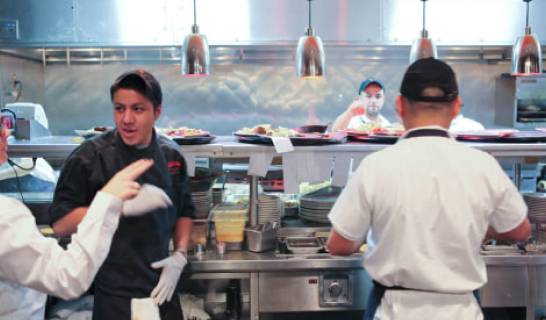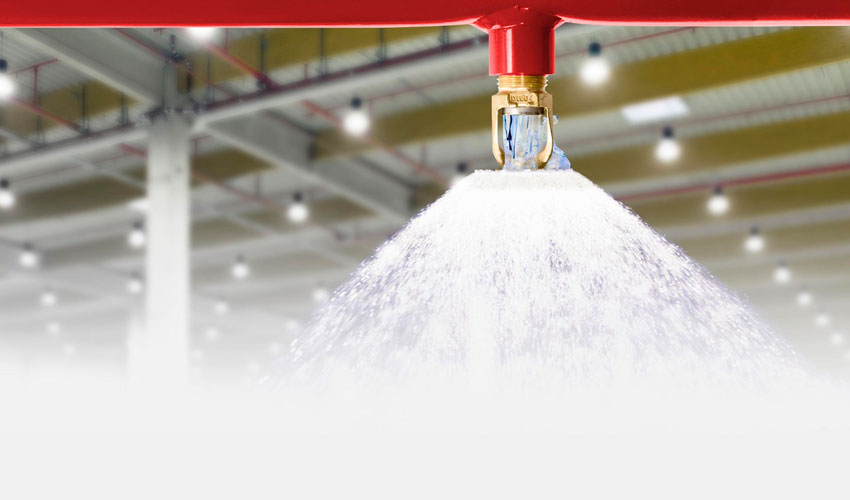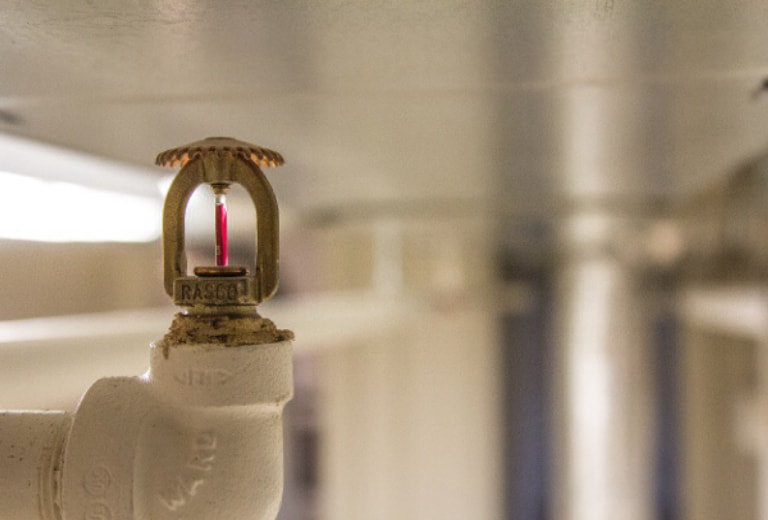Running a commercial
kitchen comes with a responsibility to prioritize fire safety. Regular maintenance of your hood suppression system is crucial, and hydrostatic testing plays a vital role in this process.
What is Hydrostatic Testing?
Imagine your hood suppression system as a knight's armor. The tank containing the fire-fighting agent acts as your shield. Hydrostatic testing is akin to subjecting this shield to a rigorous inspection. During this test, the tank is detached and meticulously examined. The remaining suppression agent is removed, and the tank is filled with water. Then, it's sealed and pressurized to a level exceeding its normal operating pressure, holding it for a specific period. If the tank maintains this pressure without any leaks or ruptures, it has successfully passed the test.
A Passing Grade Means Renewed Protection
A tank that passes the test gets a clean bill of health. It's thoroughly cleaned and refilled with fresh suppression agent, ready to resume its protective duties. For non-pressurized systems using cartridges, a successful test often prompts a replacement of the cartridge and a thorough inspection of the regulator.
Taking Extra Precautions: Hose Replacement
Many service companies, like Central Fire, go the extra mile during hydrostatic testing. They may also recommend replacing the hoses connected to your hood suppression system. This comprehensive approach ensures that all components of your fire shield are in optimal condition. By prioritizing regular hydrostatic testing and taking advantage of additional maintenance services, you can be confident that your commercial kitchen has the best possible defense against fire emergencies.
Why Can't We Skip Hydrostatic Testing?
It's true - regulations like DOT and NFPA, along with manufacturer instructions and likely your local authority, all mandate hydrostatic testing. But legal compliance is just the tip of the iceberg.
Hydrostatic testing serves a critical purpose: safeguarding the integrity of your wet chemical fire suppression tank. Think of it as a vital health check for your fire shield. A compromised tank, weakened by leaks or brittleness, could fail to deliver the necessary pressure during a fire, rendering the entire system ineffective.
How Often Does My Fire Shield Need This Checkup?
The frequency depends on your system's design. Non-pressurized systems, like Ansul models, require a checkup every 12 years. Pre-pressurized systems, however, have stricter guidelines due to potential pressure loss over time. The Department of Transportation mandates an initial test at 12 years, followed by subsequent tests every 7 years thereafter.
Don't wait for a fire to test the readiness of your kitchen's defenses. Contact Central Fire today to schedule a comprehensive inspection, including hydrostatic testing.


